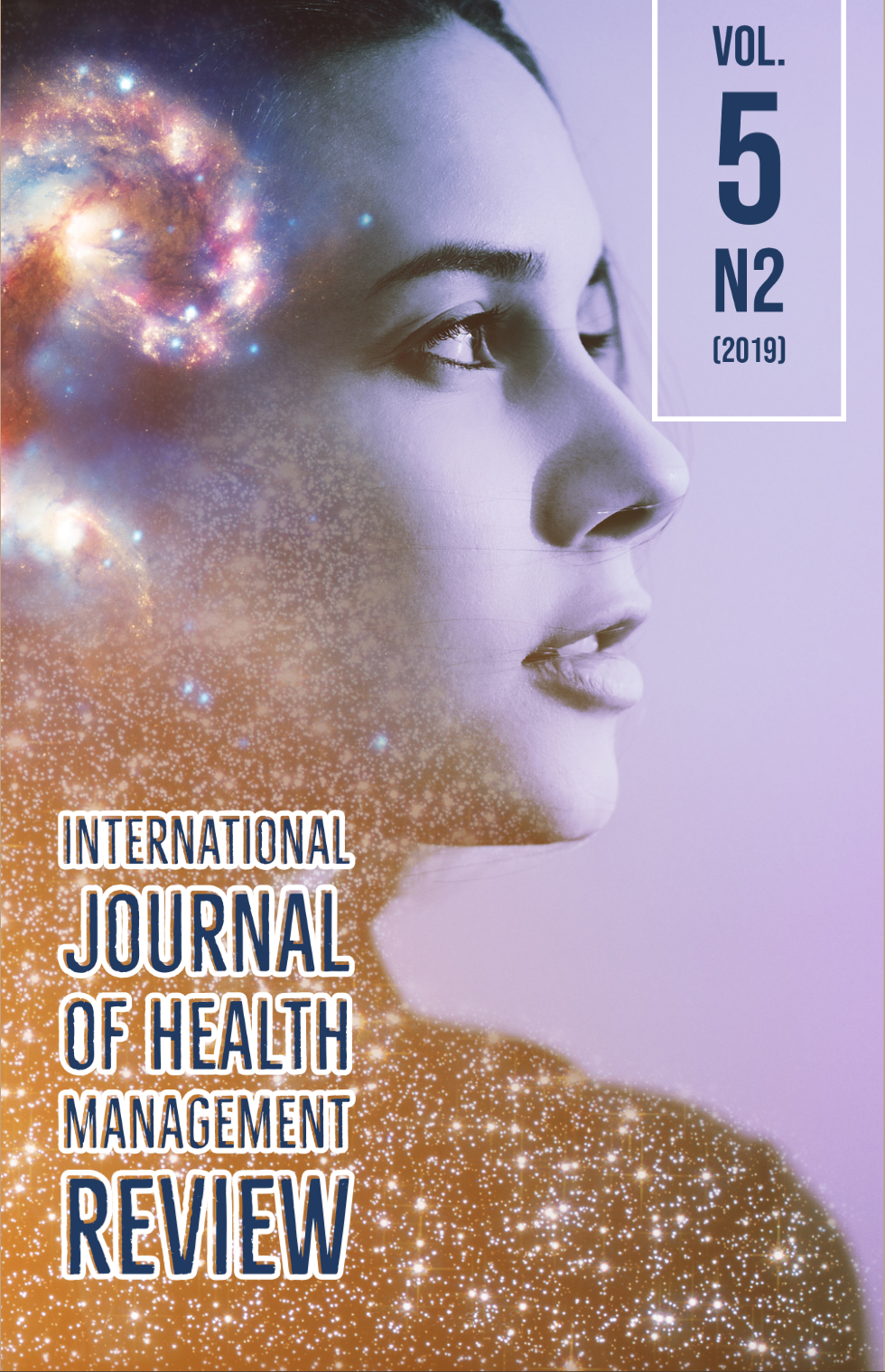Comparação entre as técnicas laparoscópica totalmente extraperitoneal (TEP) e transabdominal pré-peritoneal (TAPP) na hernioplastia inguinal: síntese de evidências clínicas
DOI:
https://doi.org/10.37497/ijhmreview.v5i2.171Palavras-chave:
Cirurgia, Hérnia, TEP, TAPP, Hernioplastia.Resumo
Introdução: As hérnias da parede abdominal são condições clínicas bastante comuns, assim como os procedimentos cirúrgicos para o seu reparo. As principais técnicas empregadas para tal são a técnica transabdominal pré-peritoneal (TAPP) e a técnica laparoscópica totalmente extraperitoneal (TEP). Objetivo: Comparar o uso da TEP e da TAPP na correção da hérnia inguinal, por meio de uma revisão da literatura. Método: Para seleção dos artigos foi utilizada a base PUBMED / MEDLINE, com a seguinte estratégia de busca: ("Laparoscopic totally extraperitoneal" OR TEP) AND ("transabdominal pre-peritoneal" OR TAPP). Resultados: Os 14 artigos inicialmente selecionados foram incluídos nesta revisão. Conclusões: Não foram observadas diferenças entre as técnicas TAPP e TEP ao considerar a duração da cirurgia, formação de hematomas, tempo de internação, tempo para retornar às atividades habituais e recorrência da hérnia. Dessa forma, tanto TAPP quanto TEP são opções cirúrgicas viáveis para correção de hérnias inguinais, embora deva-se considerar que o uso da técnica TEP é limitado pelo tamanho do defeito da hérnia, enquanto a técnica TAPP tem a vantagem de maior campo intraoperatório, todavia com um risco aumentado de lesão nos principais órgãos abdominais.Downloads
Como Citar
Edição
Seção
Licença
Autores que publicam nesta revista concordam com os seguintes termos:
O(s) autor(es) autoriza(m) a publicação do texto na da revista;
O(s) autor(es) garantem que a contribuição é original e inédita e que não está em processo de avaliação em outra(s) revista(s);
A revista não se responsabiliza pelas opiniões, idéias e conceitos emitidos nos textos, por serem de inteira responsabilidade de seu(s) autor(es);
É reservado aos editores o direito de proceder a ajustes textuais e de adequação às normas da publicação.
Autores mantém os direitos autorais e concedem à revista o direito de primeira publicação, com o trabalho simultaneamente licenciado sob a Licença Creative Commons Attribution que permite o compartilhamento do trabalho com reconhecimento da autoria e publicação inicial nesta revista.
Autores têm autorização para assumir contratos adicionais separadamente, para distribuição não-exclusiva da versão do trabalho publicada nesta revista (ex.: publicar em repositório institucional ou como capítulo de livro), com reconhecimento de autoria e publicação inicial nesta revista.
Autores têm permissão e são estimulados a publicar e distribuir seu trabalho online (ex.: em repositórios institucionais ou na sua página pessoal) a qualquer ponto antes ou durante o processo editorial, já que isso pode gerar alterações produtivas, bem como aumentar o impacto e a citação do trabalho publicado (Veja O Efeito do Acesso Livre) em http://opcit.eprints.org/oacitation-biblio.html















